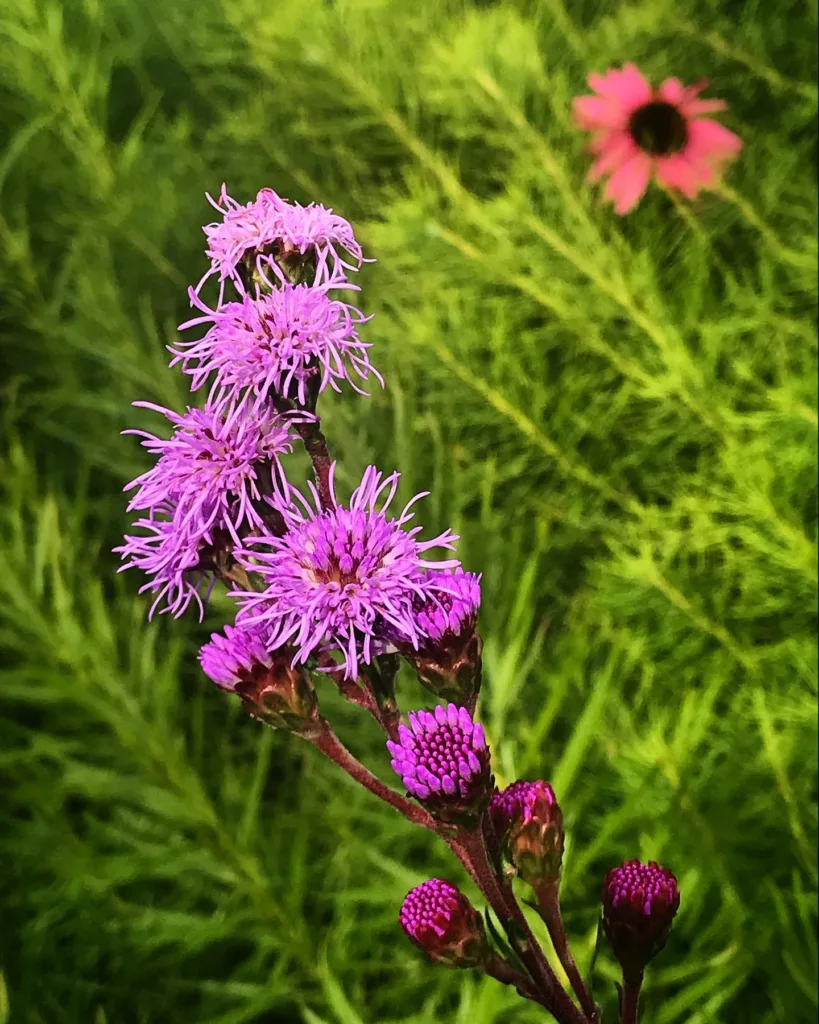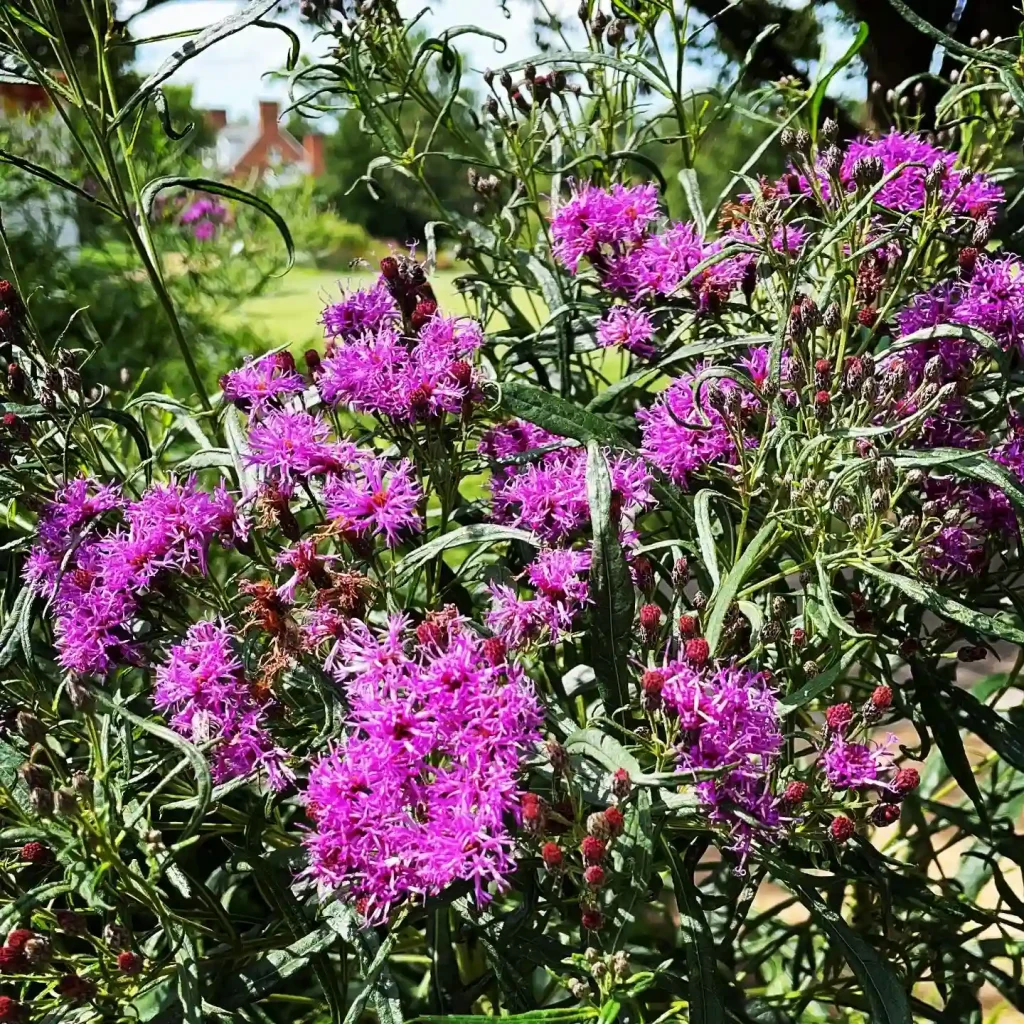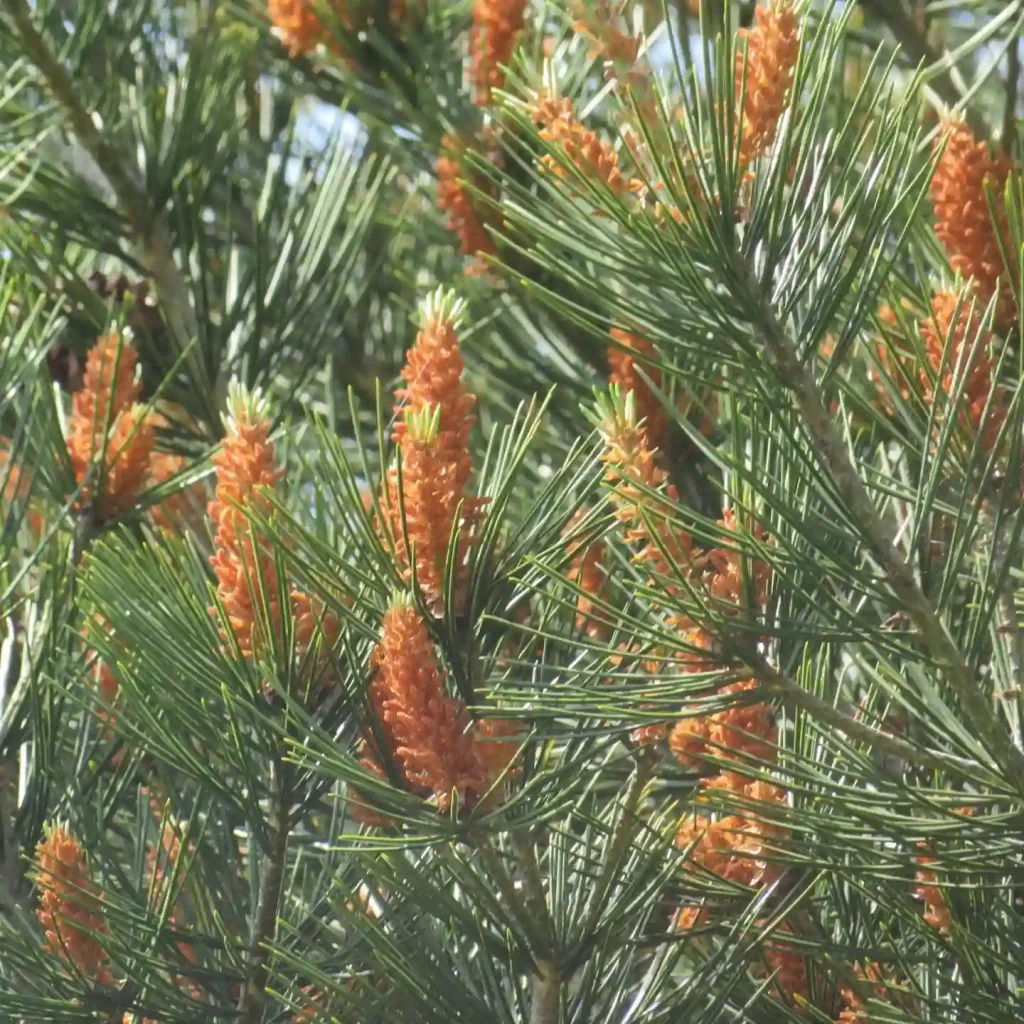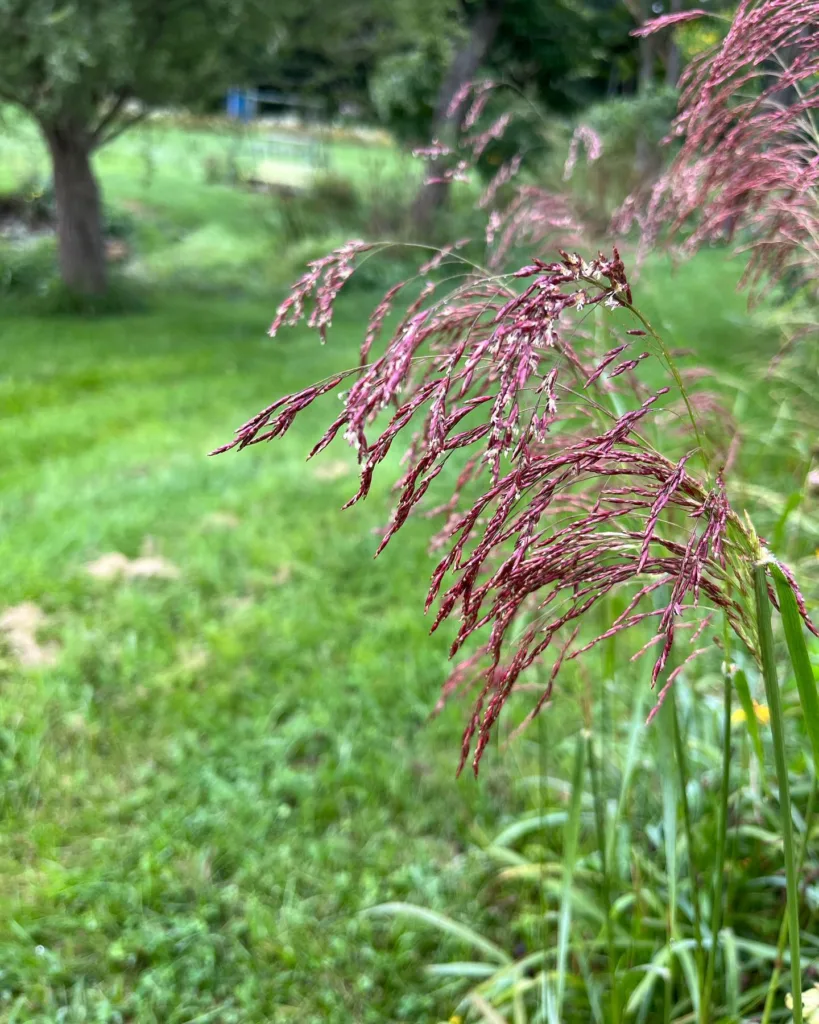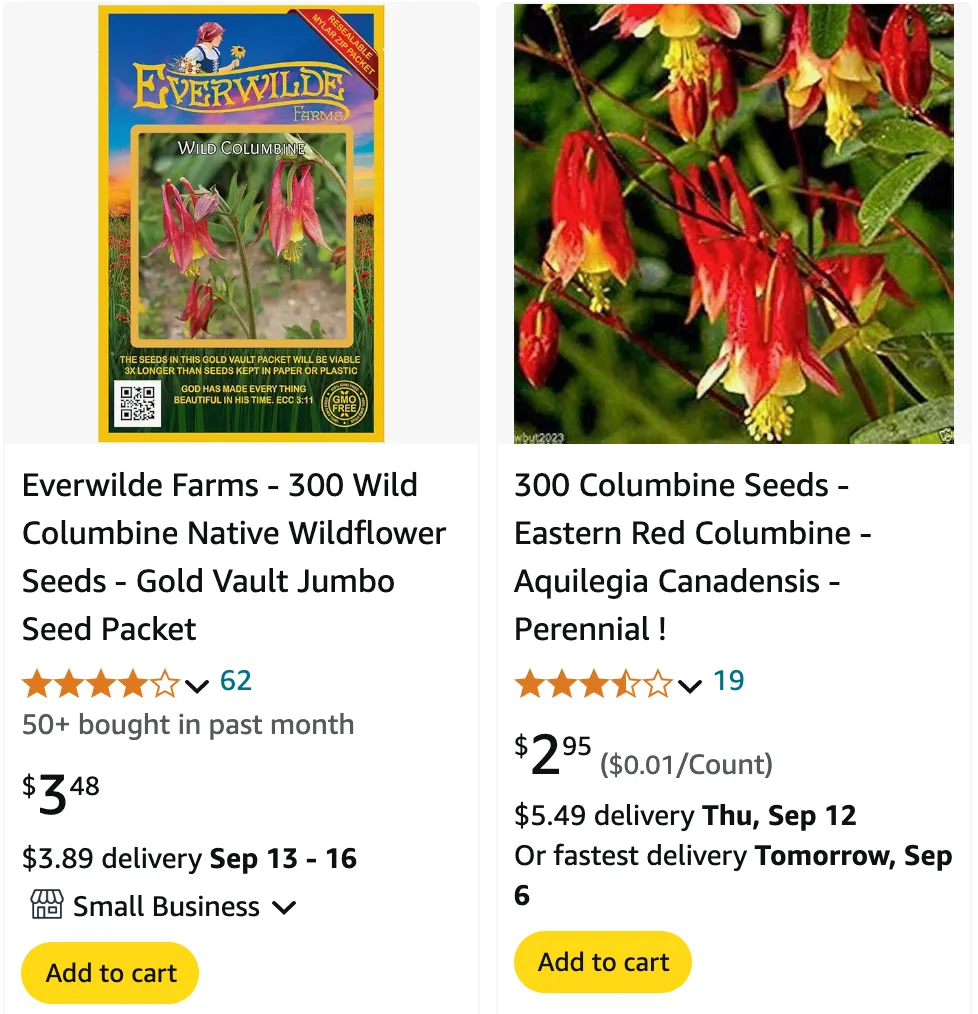
FAQs About Aquilegia Formosa: Everything You Need to Know
As a gardening enthusiast, I’ve spent quite a bit of time with Aquilegia Formosa, also known as the Western Columbine. This vibrant plant is known for its delicate, colorful flowers and its adaptability to various garden conditions. If you’re considering adding Aquilegia Formosa to your garden, here are some frequently asked questions and answers based on my experience.
135 Species in Genus Aquilegia – Columbine Flower
When to Plant Aquilegia Formosa Seeds?
The best time to plant Aquilegia Formosa seeds is in late summer or early fall. This timing allows the seeds to undergo natural cold stratification, which is crucial for germination. If you’re planting indoors, start seeds about 8 to 10 weeks before your last frost date. Simply sow the seeds on the surface of the soil and lightly cover them. Keep the soil consistently moist and in a cool location until germination occurs.
How to Propagate Aquilegia Formosa?
Propagation of Aquilegia Formosa can be done through seeds or division. For seeds, follow the same procedure as when planting them. If you prefer propagation by division, it’s best done in early spring or late summer. Gently dig up the clumps of the plant and divide them into smaller sections. Replant these sections in well-draining soil at the same depth they were previously growing.
How to Care for Aquilegia Formosa?
Aquilegia Formosa thrives in well-drained, slightly acidic to neutral soil. It enjoys a sunny to partially shaded location, especially in hotter climates. Water the plant regularly, keeping the soil moist but not waterlogged. Fertilize with a balanced, all-purpose fertilizer in early spring to promote vigorous growth. Be sure to remove spent flowers to encourage a longer blooming period and to prevent self-seeding if that’s not desired.
What to Plant With Aquilegia Formosa?
Aquilegia Formosa pairs well with other shade-loving plants such as hostas, ferns, and astilbes. Its unique flower shape and color can complement the foliage and blooms of these companions. Additionally, planting with other wildflowers like lupines or poppies can create a natural, woodland garden look.
Can You Grow Aquilegia Formosa Indoors?
While Aquilegia Formosa is primarily an outdoor plant, it can be grown indoors under the right conditions. You’ll need to provide it with plenty of light, ideally from a south-facing window or under grow lights. Ensure that the indoor environment mimics its outdoor preferences—cool temperatures and well-draining soil are crucial. Regular watering and proper humidity will also help it thrive indoors.
Is Aquilegia Formosa Toxic?
Aquilegia Formosa is not considered highly toxic, but it is important to note that all parts of the plant contain saponins, which can be mildly toxic if ingested in large quantities. It’s generally advisable to keep this plant away from pets and small children who might accidentally consume parts of it.
Benefits of Aquilegia Formosa
Aquilegia Formosa offers several benefits for gardeners. Its vibrant flowers attract pollinators such as bees and hummingbirds, making it a valuable addition to any garden aimed at supporting local wildlife. The plant is also relatively low-maintenance and can adapt to a variety of soil types and conditions, adding versatility to your garden design.
Common Problems with Aquilegia Formosa
Common issues with Aquilegia Formosa include powdery mildew and aphid infestations. Powdery mildew often appears as a white, powdery substance on the leaves and can be managed with proper spacing for airflow and fungicidal treatments if necessary. Aphids may be controlled with insecticidal soap or by encouraging natural predators such as ladybugs.
Compare with Other Similar Plants
Aquilegia Formosa is often confused with other columbine species, such as Aquilegia canadensis (Eastern Columbine) and Aquilegia vulgaris (Common Columbine). While they share similar features, Aquilegia Formosa typically has more vibrant red and yellow flowers compared to the often more subdued colors of the other species. Additionally, Aquilegia Formosa is adapted to a range of climates from the Pacific Northwest, while other species may be better suited to different regions.
Final Thoughts
Adding Aquilegia Formosa to your garden can bring a splash of color and a touch of wildlife-friendly charm. Whether you’re starting from seeds, dividing existing plants, or growing it indoors, this columbine offers flexibility and beauty. Just remember to provide the right conditions for growth, and you’ll enjoy its striking flowers and benefits for years to come.
If i die, water my plants!
